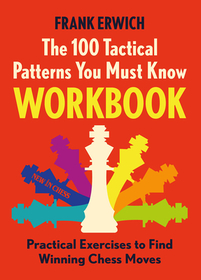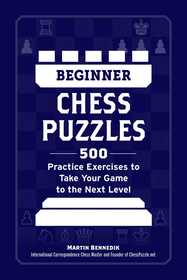
- Publisher's listprice EUR 78.10
-
32 391 Ft (30 849 Ft + 5% VAT)
The price is estimated because at the time of ordering we do not know what conversion rates will apply to HUF / product currency when the book arrives. In case HUF is weaker, the price increases slightly, in case HUF is stronger, the price goes lower slightly.
- Discount 20% (cc. 6 478 Ft off)
- Discounted price 25 913 Ft (24 679 Ft + 5% VAT)
- Discount is valid until: 31 December 2025
Subcribe now and take benefit of a favourable price.
Subscribe
32 391 Ft

Availability
printed on demand
Why don't you give exact delivery time?
Delivery time is estimated on our previous experiences. We give estimations only, because we order from outside Hungary, and the delivery time mainly depends on how quickly the publisher supplies the book. Faster or slower deliveries both happen, but we do our best to supply as quickly as possible.
Product details:
- Edition number 2
- Publisher Springer International Publishing
- Date of Publication 5 January 2022
- Number of Volumes 1 pieces, Book
- ISBN 9783030343712
- Binding Hardback
- No. of pages925 pages
- Size 279x210 mm
- Weight 2812 g
- Language English
- Illustrations XXII, 925 p. 518 illus., 144 illus. in color. Illustrations, black & white 870
Categories
Long description:
Computer Vision: Algorithms and Applications explores the variety of techniques used to analyze and interpret images. It also describes challenging real-world applications where vision is being successfully used, both in specialized applications such as image search and autonomous navigation, as well as for fun, consumer-level tasks that students can apply to their own personal photos and videos.
More than just a source of ?recipes,? this exceptionally authoritative and comprehensive textbook/reference takes a scientific approach to the formulation of computer vision problems. These problems are then analyzed using the latest classical and deep learning models and solved using rigorous engineering principles.
Topics and features:
- Structured to support active curricula and project-oriented courses, with tips in the Introduction for using the book in a variety of customized courses
- Incorporates totally new material on deep learning and applications such as mobile computational photography, autonomous navigation, and augmented reality
- Presents exercises at the end of each chapter with a heavy emphasis on testing algorithms and containing numerous suggestions for small mid-term projects
- Includes 1,500 new citations and 200 new figures that cover the tremendous developments from the last decade
- Provides additional material and more detailed mathematical topics in the Appendices, which cover linear algebra, numerical techniques, estimation theory, datasets, and software
Suitable for an upper-level undergraduate or graduate-level course in computer science or engineering, this textbook focuses on basic techniques that work under real-world conditions and encourages students to push their creative boundaries. Its design and exposition also make it eminently suitable as a unique reference to the fundamental techniques and current research literature in computer vision.
MoreTable of Contents:
1 Introduction.- 2 Image Formation.- 3 Image Processing.- 4 Model Fitting and Optimization.- 5 Deep Learning.- 6 Recognition.- 7 Feature Detection and Matching.- 8 Image Alignment and Stitching.- 9 Motion Estimation.- 10 Computational Photography.- 11 Structure from Motion and SLAM.- 12 Depth Estimation.- 13 3D Reconstruction.- 14 Image-Based Rendering.- 15 Conclusion.- Appendix A: Linear Algebra and Numerical Techniques.- Appendix B: Bayesian Modeling and Inference.- Appendix C: Supplementary Material.
More











